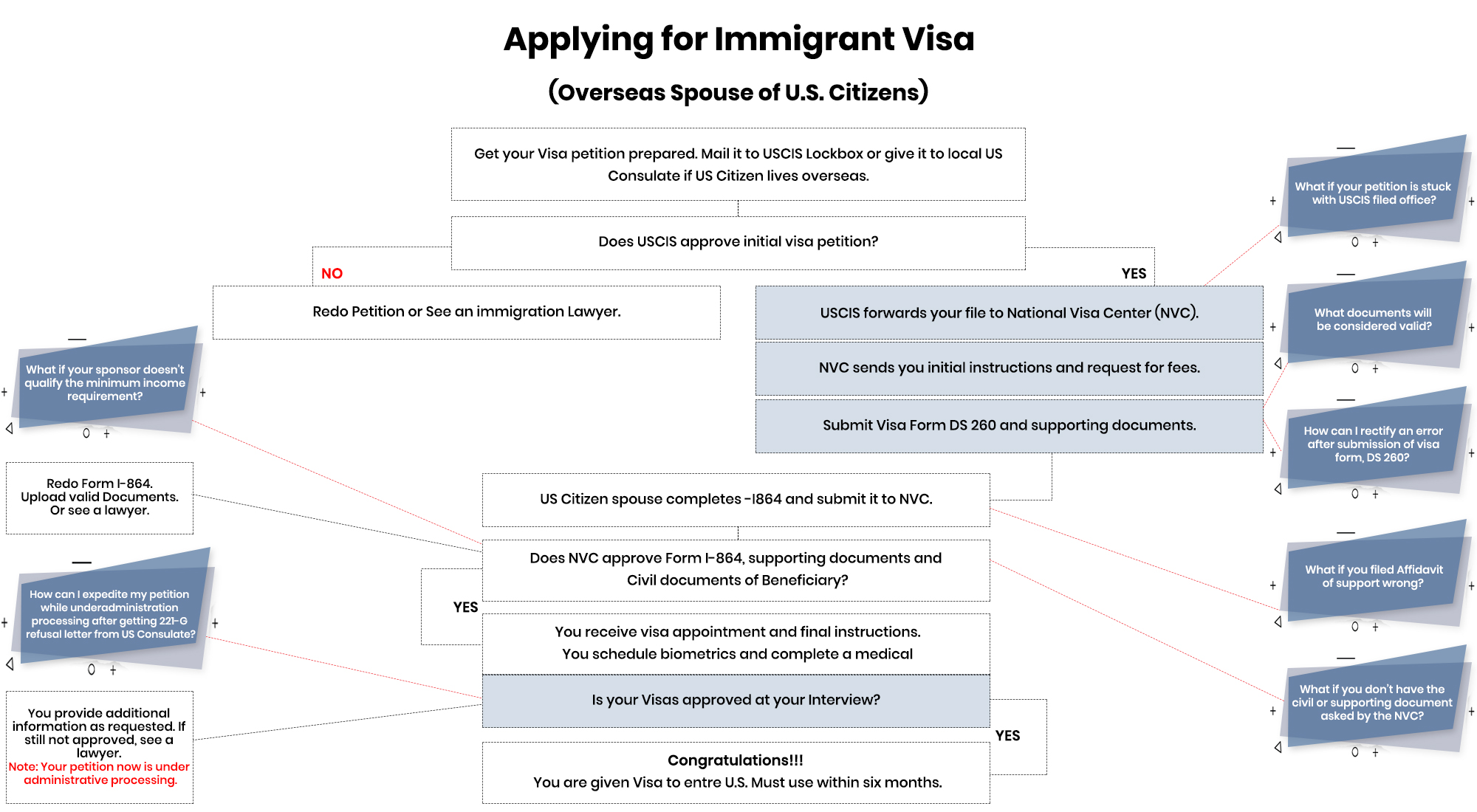Family Based Green Card Petitions

Family-Based Immigration in the United States
What are Family-Based Preference Categories?
Family members of U.S. citizens and Lawful Permanent Residents (LPR) i.e., a Green Card Holder, are eligible to become lawful permanent residents (get a Green Card) based on specific family relationships, as per the U.S. immigration law. There are two types of family-based immigrant visas:
Immediate Relative – This category of visa includes close family relationship with a U.S. citizen, such as spouse, child, or parent. There is no limit to number of immigrants in this category is each fiscal year.
Family Preference – This category is for specific, more distant, family relationships with a U.S. citizen and some specified relationships with a Lawful Permanent Resident. The number of immigrants in this category is limited each fiscal year. The U.S. allows 226,000 visas per year to aliens who fall into the family preference category and assigns a specific number to each type of relationship. The family preference categories include:
F1 Category- Unmarried, adult sons and daughters (age 21 or over) of U.S. citizens
F2A Category-Spouses and unmarried children (under age 21) of permanent residents
F2B Category- Unmarried adult sons and daughters of permanent residents
F3 Category- Married sons and daughters (any age) of U.S. citizens
F4 Category- Brothers and sisters of adult U.S. citizens
When a petitioner files a green card for the family member falling under the family preference category, they should be prepared for a long waiting period. However, the number of green cards issued under this category is restricted. If a petitioner files for foreign family immigration, the chances of obtaining the green card will largely depend on the type of relation the family member holds with the petitioner and the category they fall into.
Who may file a petition for family reunification?
A petition must be filed by a family member who is a United States citizen or a Lawful Permanent Resident. The petitioner must provide proof of relationship and own citizenship or permanent residence right, evidence of financial sustainability to sponsor a relative.
If the petitioner is not able to financially support their relative, then he has the privilege of adding the income of a household member or can also add up to two joint sponsors in his petition. Following family members can be sponsored under the family preference through the I-130 petition:
The sponsor must fill an immigrant visa petition (I-130 Petitions for Alien Relatives) for the foreign national, which must subsequently be approved by the USCIS.
The Department of State will then determine if an immigrant visa number is available to the foreign national (based on relationship to sponsor, preference categories, and waiting list). A visa number is instantly available to immediate relatives of U.S. citizens. Once an immigrant visa number becomes available, the National Visa Centre (NVC) will notify the sponsor and the foreign national.
If the foreign national is in the United States when the visa number becomes available, they may apply to change their status to that of an LPR from within the United States. If the foreign national is outside the United States, they must go to the U.S. Consulate nearby to complete the processing.
Current Average Waiting Period |
||
|---|---|---|
Types of Preference Relative |
Preference Category |
Average Wait |
Adult,unmarried children of U.S. citizen |
First Preference |
Seven years; but 23 years for citizen of Mexico and 11 years citizen of the Philippines. |
Spouses or children permanent residence |
Second Preference |
Currently no wait in category 2A for minor children, but in the past it's typically been in anywhere from two to 22 years ,depending on country of origin, in category 2B for unmarried children over 21,the average wait the six years form most countries ,22 years for citizens of Mexico and 11 years for citizen of the Philippines |
Married Children of U.S. citizens |
Third Preference |
thirteen years for people from most Countries but 24 years for citizen of Mexico and 21 years for citizen of the Philippines |
Brothers and sisters of the U.S. citizens |
Fourth Preference |
Fourteen years for people form most Countries, but 16 years for citizens of India, 22 years for citizen of Mexico, and 21 years for citizens of the Philippines |
Immigrant Visa process for Foreign Nationals
A foreign national who is applying for an immigrant visa number will be required to provide the following:
Information about past criminal activities
Places of residence and employment over the past five years
Details of parents, spouse, and children
Copy of birth certificate and fingerprints
A medical examination.

During the visa processing, if the foreign national is in the United States, the U.S. Citizenship and Immigration Services will process the visa under Adjustment of Status. However, if the foreign national is outside the United States, the visa processing will be done by NVC and a State Department Consular Office in their vicinity.
Other Information about Applying for LPR Status
Q: Am I eligible to work while my application is pending?
If you are an immediate relative filing for adjustment status in the U.S., you may be eligible for work authorization while your application is pending
Q: Can I travel outside the country while my application is pending?
To travel outside the country while your I-485 form is being processed, you need to get a travel document (USCIS Form I-131 application for Travel Document) to re-enter the United States.
Q: Who is the petitioner, and who is the beneficiary?
The petitioner is a U.S. citizen or lawful permanent resident that wants to sponsor a foreign relative for a green card. The beneficiary is an alien relative that wants to obtain a green card and reside in the United.
What you must know About F4 India Immigration
F4 India Immigration is committed to providing you with expert legal advice and services in U.S. immigration law and procedure. With a 99% success rate, we have traversed an eventful and exciting journey to evolve into where we are today
For over a decade, our honest, dedicated, and compassionate team has been successfully handling family-based green card petitions. With multiple offices in India, Canada and the U.S, F4 India has a growing client base from diversified backgrounds. Our clients rely on our expertise to deliver the most effective solutions and consistent results.
Our mission is to enable a seamless process to help you settle at your desired destination and open a gamut of new possibilities and new opportunities for a better tomorrow.
During the preliminary consultation, our Immigration Attorneys meticulously examine the intricacies of your case and give customized recommendation through their extensive experience and our professionally managed and integrated services. Once done, they will then review the documentation, prepare the petition, and file it with U.S. Citizenship and Immigration Services (USCIS).

